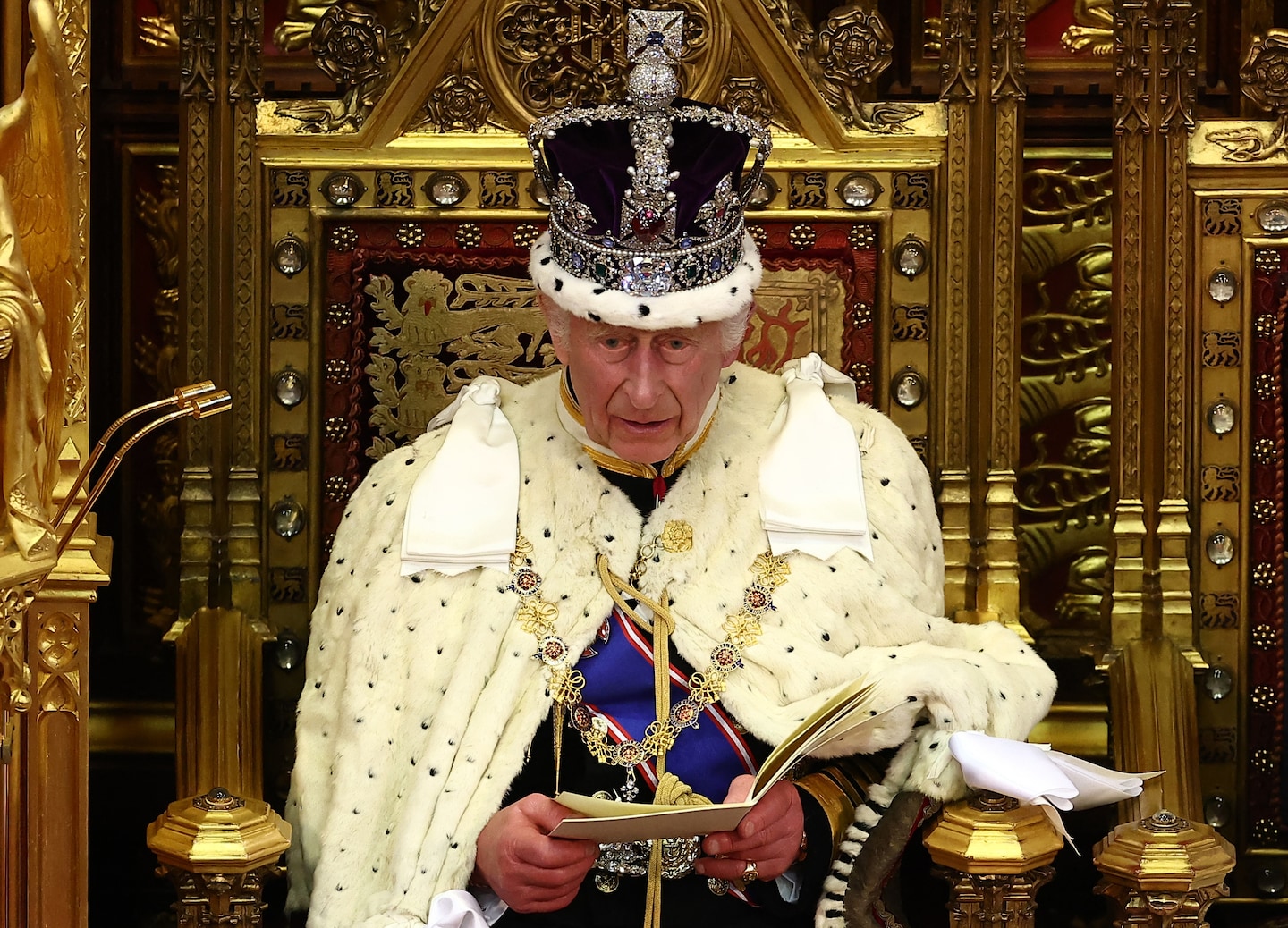LONDON — The British royal family will be receiving a 53 percent raise, worth more than 45 million pounds ($58 million), thanks to a record increase in its estate’s annual profit, propelled in part by offshore wind farm leases on seabed plots owned by the monarchy.
It showed that the Crown Estate generated a “record net revenue profit” of 1.1 billion pounds ($1.4 billion) — 658.1 million pounds more than last year — and revealed the royal family’s plans for future purchases with its share of that money, including two new helicopters.
The Crown Estate is formally owned by the royal family but is controlled by the British government. Profits that the estate generates each year go to the state treasury, and the government returns a percentage to the royals under what is known as the “Sovereign Grant” to cover the operating costs of the royal household — including staff salaries, entertainment, property maintenance and travel.
“A year of record results driven by decades of investment in offshore wind, combined with a diverse and resilient property and land portfolio, shows how The Crown Estate continues to deliver economic, social, and environmental value for the benefit of the nation,” the estate said in a news release.
The Sovereign Grant is based on funds two years in arrears, meaning the royal family won’t be getting an increase until the 2025-2026 financial year.
In recent years, the royal family has received 86.3 million pounds ($111.4 million) from the government, and will again in 2024-2025. That figure will rise to 132 million pounds ($170 million) for 2025-2026.
The grant will support ongoing 10-year renovation projects at Buckingham Palace, British media reported, citing royal officials.
The program, whose total cost will be 369 million pounds ($476 million), is “making progress” according to a report published Monday by Britain’s National Audit Office, a public spending watchdog.
The report noted that while the program is “within budget,” some projects “have increased in cost and taken longer to complete than expected.”
The Crown Estate places the total value of its portfolio at 15.5 billion pounds ($20 billion). The land that the royal family owns or profits from totals nearly 500,000 acres, The Washington Post reported last year — more than 1 percent of the land in the United Kingdom.
The royals’ holdings include lucrative properties in London and much of the seabed surrounding the British Isles, which is being used for offshore wind leasing.
Early last year, the Crown Estate announced the signing of six new wind farm deals that it said would generate power for an estimated 7 million homes by 2030. That same day, Charles said the public should benefit from wind farm profits — not the royals.
Because of the high-income forecast of the offshore wind farms, the funding of the monarchy was reduced last year to 12 percent of the Crown Estate’s net profits, instead of 25 percent, the BBC reported.
Dan Labbad, the chief executive of the Crown Estate, said in the report this week that the profit boost reflected was “short term in nature,” and that “revenue and valuation will normalize” in the years to come.
Following the report’s release, which was delayed by a month because of Britain’s general election, some took to social media to express skepticism of royal wealth — which grew last year during the coronation amid a cost-of-living crisis.
“No cost of living squeeze for indulged King Charles,” tweeted Kevin Maguire, associate editor of Britain’s Daily Mirror newspaper. Maguire added that the monarch “avoided inheritance tax on mummy’s ££££££££s estate.”
Critics of the royal family have long pointed out that while Britons pay a 40 percent inheritance tax, Charles paid zero on the estate when he inherited it upon the death of Queen Elizabeth II.
The accounts revealed that the royal family will receive two new helicopters to replace their existing 15-year-old helicopters. The document said “the use of helicopters is a key component of delivering engagements” by royal family members, helping them to reach remote locations.
As well as offshore wind, the royals are seeking to invest in other renewable technologies, according to the report, which said more renewable energy solutions will be installed across the royal portfolio.
It has been a turbulent period for the royal family, with both the king and his daughter-in-law Catherine, Princess of Wales, stepping back from public-facing duties as each was diagnosed with cancer.
After Charles was diagnosed in February, Catherine revealed in March that she too had cancer and was in the early stages of preventive chemotherapy.
Despite his diagnosis, the king undertook 464 official engagements in the 12 months ending March 31, according to the report.
In Britain and overseas, the royals carried out more than 2,300 official engagements, 400 fewer than the year before.
A separate income report published by the royal household Wednesday noted an increase in visitors to Buckingham Palace and Windsor Castle “back to almost pre-covid levels.” That helped boost funds to supplement the Sovereign Grant to 19.8 million pounds ($25.5 million) during the 2023-2024 financial year — up from 9.8 million pounds ($12.6 million) the year before.
Karla Adam and Adam Taylor contributed to this report

